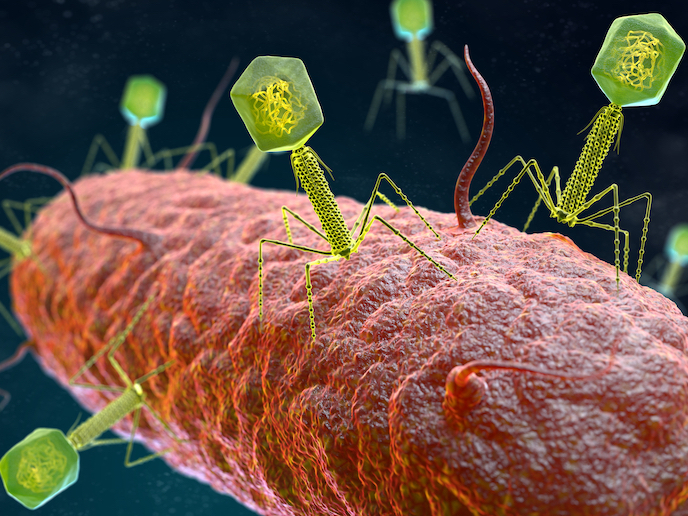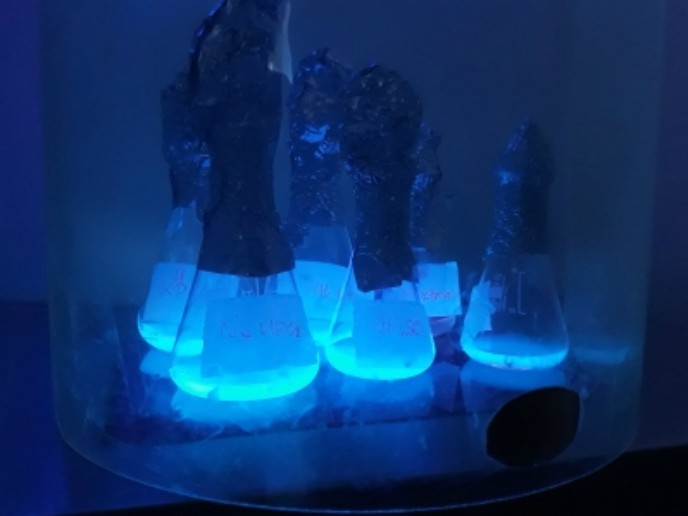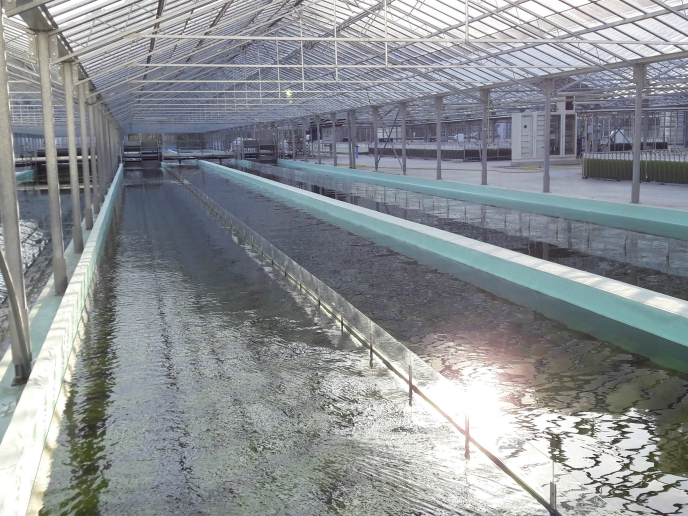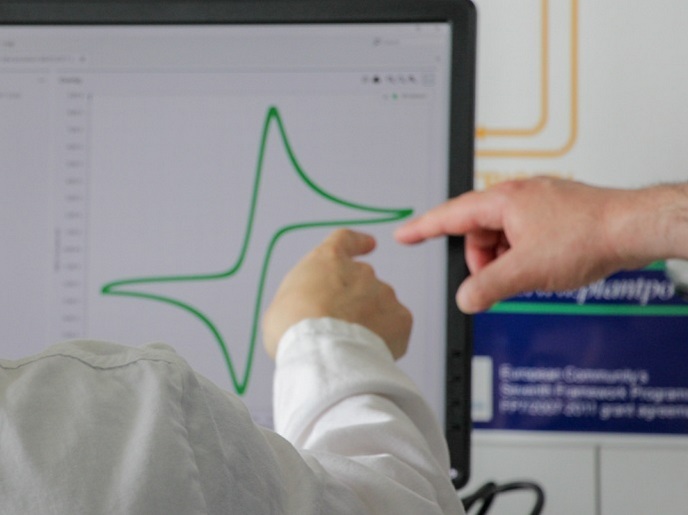How bacteria bear a grudge against viruses
Microbes in natural ecosystems are under constant threat from viruses. To survive in this hostile environment, bacteria have evolved an adaptive immune system called CRISPR-Cas. “A really interesting aspect of this immune system is the fact that microbes are able to memorise individual viruses,” explains project coordinator Stan Brouns, associate professor of molecular biology at Delft University of Technology, the Netherlands. “This is achieved by hijacking and storing genetic viral information.” Brouns made this recent discovery when he saw bacteria launching a primed immune response against heavily mutated viruses. “This implies that the CRISPR-Cas system remembers threats over the long term,” he says. “This would provide a huge evolutionary benefit.”
Long-term memories
Brouns wanted to take this discovery further. The REMEMBER project, supported by the European Research Council, enabled him to move to Delft University, where he was able to establish his own dedicated lab and assemble a talented team. “I really wanted to determine the mechanism behind this process of primed memory formation against viruses,” he notes. “Viruses mutate, so how can bacteria keep memories up to date, and stay one step ahead?” Using a combination of genetic and biochemical approaches, including state-of-the-art molecule imaging of living Escherichia coli cells, Brouns and his team were able to make some startling findings. “The big question we asked was how bacteria are able to keep their memories up to date,” he adds. “What we found was that molecular ‘genetic scissors’, akin to those discovered by this year’s Nobel Prize for chemistry winners, are critical to defending against viruses.” These molecular scissors are used by bacteria to cut pieces of viral DNA. The destruction of this DNA is coupled to the formation of new memories, and it is this coupling that keeps memory banks in the CRISPR system up to date. “We also identified the role of a particular new protein, which makes sure that the molecular scissors work and that the memories acquired are functional,” explains Brouns. “And for the first time, we were able to see first-hand how CRISPR systems in cells really function.” Using an advanced microscopy approach, Brouns was able to analyse how these molecular scissors scan DNA to find the current sequence they are targeting. “This is an immense task, as cells are full of DNA,” he says. “We found that these scissors worked remarkably fast, which also helps to explain why the CRISPR systems are so efficient.”
World of possibilities
Brouns believes that the fundamental insights achieved in REMEMBER will help to reshape our understanding of the complex evolutionary relationship between bacteria and viruses. “We were able to show how there is a continuous update of CRISPR systems, and how this is achieved,” he notes. Brouns says that scientists in the United States have shown how CRISPR memories can be used for biological data storage. Computer images for instance can be converted into DNA sequences and stored in CRISPR systems. Brouns is currently building up a bacteriophage (the viruses of bacteria) biobank. “One possibility is that these could be alternatives to antibiotics,” he adds. “There is still a lot of research ahead before we can think of clinical use. The big question though, is whether these could one day be used as therapeutics, and if we can prevent bacteria from becoming resistant to viruses with their CRISPR systems.”
Keywords
REMEMBER, virus, bacteria, immune, antibiotics, CRISPR, molecular, biology, genetic







